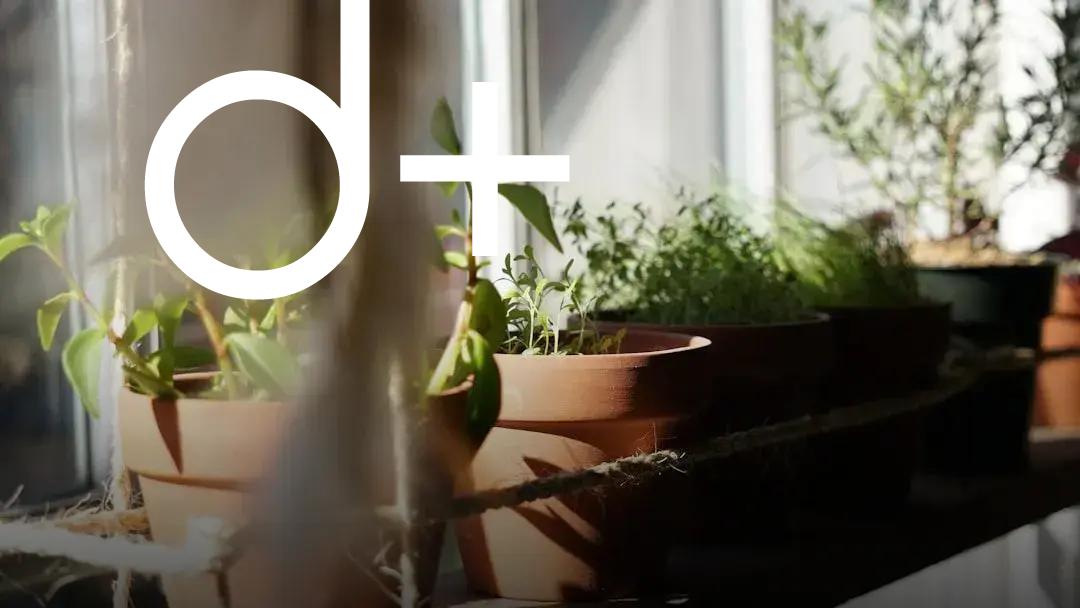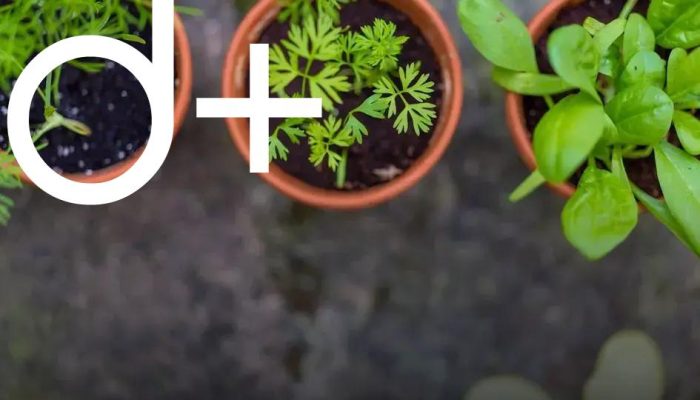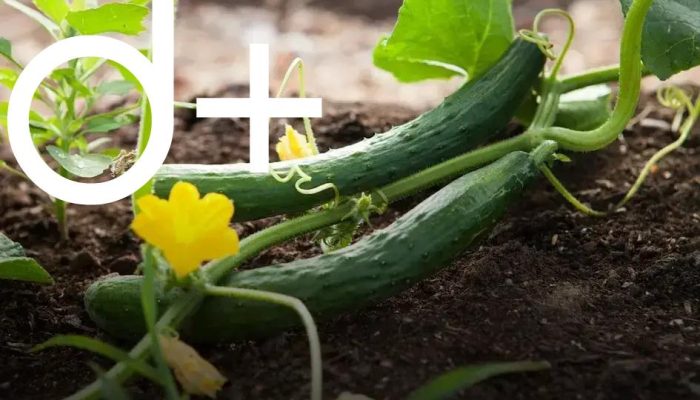Choosing the right plants for your home garden can seem overwhelming, but understanding a few key aspects can make it enjoyable. Begin by understanding your garden’s unique climate, soil type, and sunlight availability. These factors dictate which plants will thrive in your space.
Next, consider the maintenance each plant requires. Are you ready for daily watering or prefer low-maintenance options? Lastly, think about adding seasonal plants to keep your garden vibrant all year. Let’s explore each of these aspects to help you cultivate a flourishing garden.
Understand Your Garden’s Climate
To select the best plants for your garden effectively, it’s essential to understand your garden’s climate. Start by determining the hardiness zone for your area. This information will help you know which plants can thrive in your local climate.
Observe the temperature variations: consider both average winter lows and summer highs. Some plants can’t tolerate extreme cold, while others may wilt in high heat. Knowing these temperature ranges will guide your plant choices.
Another critical factor is humidity levels. Plants like ferns and mosses thrive in moist environments, whereas succulents and cacti prefer dryer conditions. Monitoring the relative humidity in your garden can aid in selecting suitable plants.
Next, consider factors such as rainfall patterns. If you live in an area with heavy rainfall, ensure your garden has adequate drainage to prevent root rot. Conversely, in drier regions, opt for drought-resistant plants that can survive with less water.
Lastly, take note of wind exposure. Some plants, like tall grasses or plants with fragile stems, may require protection from strong winds. Establishing barriers like hedges or fences can shield these plants and create a more favorable growing environment.
Assessing Your Soil Type

Determining the type of soil in your garden is crucial for successful plant growth. Different plants have specific soil requirements, and using the right soil can make a significant difference in plant health.
Start by examining the texture of your soil. There are three main types of soil textures: sand, silt, and clay. Sandy soil drains quickly but doesn’t hold nutrients well, while clay soil retains water and nutrients but may lead to waterlogged roots if not managed properly. Silt is smoother and retains moisture better than sand but doesn’t provide as much drainage as sand.
Another method to assess your soil type is the simple jar test. Fill a jar with water, add a sample of your garden soil, shake it, and let it sit. After a few hours, the soil will separate into layers, revealing the proportions of sand, silt, and clay.
Also, consider checking the pH level of your soil. Most plants prefer a neutral pH, but some species thrive in more acidic or alkaline conditions. Use a pH meter or a pH test kit to determine if your soil needs amendment.
Finally, assess the soil’s organic content. Healthy soil should have a fair amount of organic matter. Adding compost can improve both the texture and nutrient content of your soil, further preparing it for your chosen plants.
Sunlight Needs for Different Plants
Understanding the sunlight requirements of various plants is crucial for creating a thriving home garden. Some plants, like succulents and cacti, thrive in full sunlight, while others, such as ferns and hostas, prefer the shade. To determine the best spot for each plant, observe how the sun moves across your garden throughout the day. Note the areas that receive full sun (at least 6 hours of direct sunlight), partial sun, and full shade.
Plants needing full sun, such as
tomatoes, lavender,
and roses, should be positioned in the sunniest sections. Partial sun plants, like
hydrangeas
and
hostas
, can thrive in areas that receive 3 to 6 hours of morning or late afternoon sunlight. Shade-loving plants are ideal for spots that get less than 3 hours of direct sunlight.
Checking plant labels can provide valuable insights into their sunlight needs. Most plant labels or seed packets indicate whether plants need full sun, partial sun, or shade. By using labels and tracking your garden’s light patterns, you can ensure your plants receive the suitable amount and intensity of sunlight required.
Sunlight needs can also shift with the seasons as the sun’s arc changes. Being aware of these shifts helps in planning where to reposition container plants or when to add seasonal plants. This detailed understanding of sunlight requirements ensures your garden’s health and enhances the vibrancy of your home environment.
Choosing Plants Based on Maintenance

Selecting plants that fit your maintenance capabilities is crucial for a thriving garden. Some plants require minimal upkeep, making them ideal for beginners or those with limited time. Others may need more frequent care, such as regular pruning or watering.
When choosing plants, consider how much time you can realistically dedicate to your garden. If your schedule is tight, opt for low-maintenance species like succulents or perennials that can endure longer periods without attention. For those who enjoy more hands-on gardening, plants that require weekly care could be a rewarding choice.
Another factor to consider is your local pests and diseases. Choosing plants that are resistant to common afflictions in your area can save you significant maintenance efforts. This is why researching plant characteristics such as disease resistance can be beneficial.
Don’t forget to factor in the growth rate of your chosen plants. Faster growing species might require more frequent trimming and shaping, while slower-growing plants might remain at a manageable size for extended periods.
Finally, understanding your watering habits is essential. If you’re someone who often forgets to water, drought-tolerant plants, such as cacti or lavender, can be your best allies.
Incorporating Seasonal Plants
When planning your home garden, seasonal plants offer a dynamic and visually engaging way to keep your garden thriving throughout the year. Embracing the unique characteristics of each season allows you to enjoy a rich variety of plants that can add bursts of color and texture to your garden space.
Start by researching plants that naturally thrive in your area’s climate for specific seasons. For instance, in spring, you might find tulips and daffodils to be exciting additions with their vibrant blossoms. In contrast, as summer rolls in, opting for sun-loving plants like sunflowers or marigolds might better suit your garden.
When autumn arrives, consider plants such as chrysanthemums and ornamental cabbages which can bring deep hues of reds and purples. Winter can be brightened up with the introduction of evergreen shrubs or poinsettias, ensuring your garden doesn’t lose its charm even in colder months.
Additionally, learning about the growth cycles of these seasonal plants can help you understand exactly when to plant and when to expect them to bloom, making your garden a constant source of joy and color. Make sure to consider the appropriate soil and sunlight requirements for each seasonal plant to maximize growth and health. Rotation of plants between seasons can also improve soil fertility and reduce the risk of pest infestations, offering a more organic approach to garden management.







![BANNER 1 - HOME [QUADRADO]](https://dailyfindinvestment.com/wp-content/uploads/2025/01/BANNER-300-X-300.gif)
